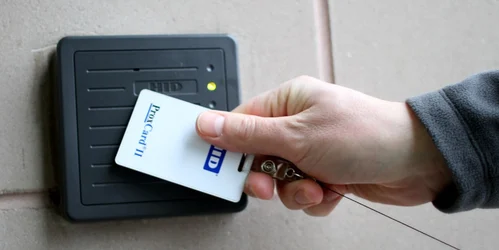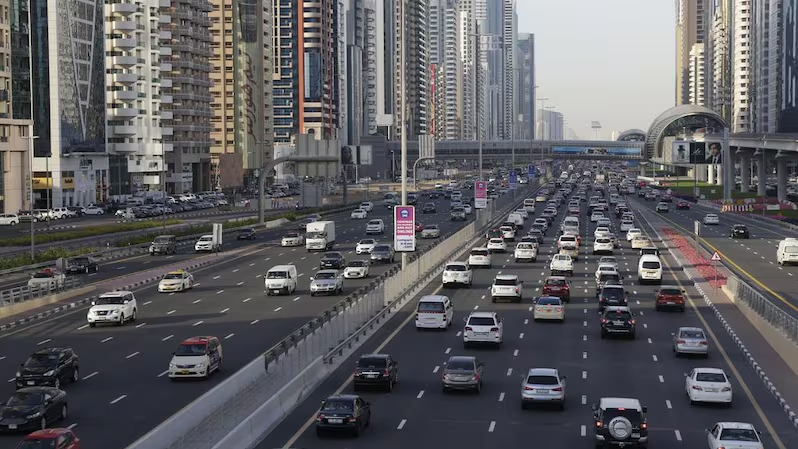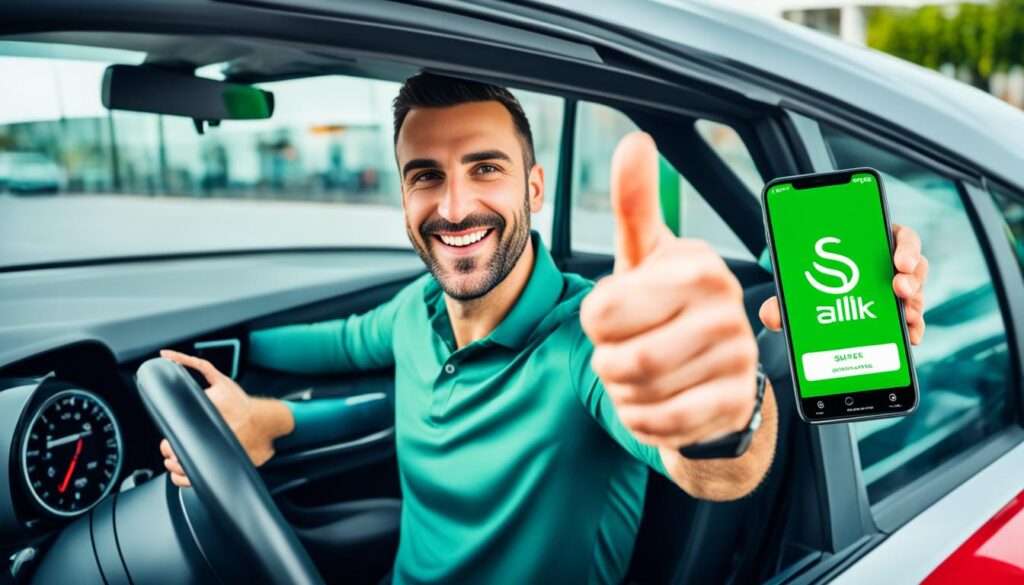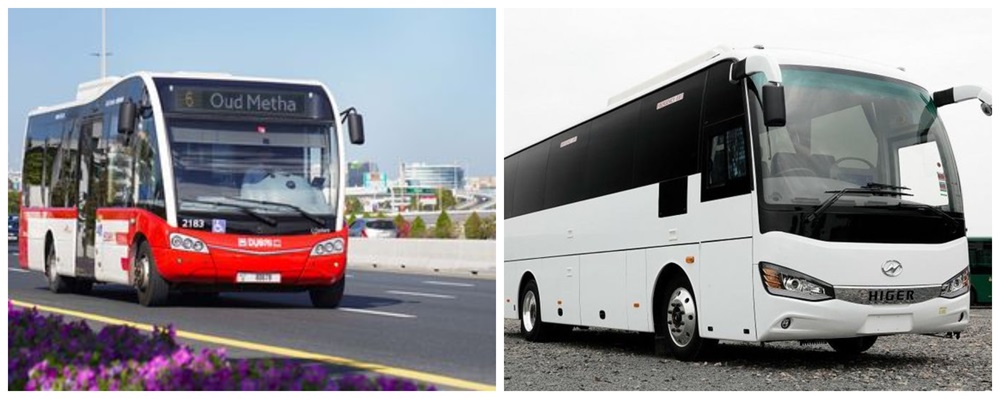Introduction to the Salik Toll System
Since its launch in 2007, Dubai’s electronic toll collection system, known as Salik, has revolutionized the way traffic managed in the city. Salik wants to minimize commute times for drivers throughout the emirate by minimizing traffic, maximizing traffic flow, and strategically putting toll gates on important roads and bridges.
In order to eliminate the need for actual toll booths and guarantee a smooth flow of traffic, the system uses Radio Frequency Identification (RFID) technology to automatically deduct fees from registered vehicles as they pass through the gates. Salik now runs eight toll gates as of 2024, and by November of that same year, it intends to add two more.
Changes in Traffic Patterns Post-Salik Implementation
The traffic patterns in Dubai have changed dramatically since Salik introduced. Salik has reduced traffic on the major thoroughfares by encouraging drivers to choose alternate routes by imposing a cost for vehicles to pass through the toll gates. The overall flow of traffic has improved as a result of this traffic redistribution, which has made vehicles more evenly distributed throughout the city’s road network.
It is anticipated that the two new toll gates that are scheduled to be added in 2024 would further enhance traffic distribution. While the Al Safa South gate on Sheikh Zayed Road is expected to reduce traffic volume by 15% on certain portions, the Business Bay Crossing gate on Al Khail Road is expected to reduce congestion by 12–15% on that route.
Effects on Commute Times and Driver Behavior
Salik’s main objective is to cut down on commuter travel times in Dubai. The technology has been successful in cutting down on commute times on main roads by controlling traffic flow and minimizing congestion. Driver behavior has improved as a result of the increase in travel efficiency; drivers are now more aware of their driving behaviors and strategically plan their routes to avoid toll gates during busy hours.
But since drivers now have to account for the extra costs when arranging their trips, the installation of new toll gates has also caused some annoyance. As a result, people are becoming more interested in alternate forms of transportation, like buses and the metro, which provide some inhabitants with a more convenient and affordable option.
Salik‘s Role in Promoting Public Transportation
Salik has contributed to encouraging the usage of public transit in addition to being successful in easing traffic on Dubai’s roadways. It has encouraged people to think about using buses and the metro as alternatives to driving by raising the cost of driving through tolls.
This move to public transportation is in line with Dubai’s larger objectives for urban mobility, which include promoting sustainable transportation options and lowering dependency on private automobiles. It is anticipated that Salik will further promote public transit use and contribute to a more effective and environmentally friendly mobility network as it grows and becomes more integrated with the city’s broader transportation strategy.
Future Implications of Salik on Urban Mobility
In the future, Salik will likely have a bigger influence on how Dubai’s urban mobility system shaped. The toll system will need to change as the city expands and develops in order to meet evolving transportation demands and traffic patterns.
The system’s capacity to manage traffic dynamically and support sustainable mobility will improved by planned additions and technological upgrades to Salik, such as the installation of extra toll gates and the introduction of variable pricing based on real-time traffic conditions or vehicle emissions. Furthermore, Salik’s integration with smart city projects and improvements to public transportation will make Dubai’s transportation system more unified and effective.
Salik will continue to be an essential part of Dubai’s traffic management strategy as the city works to become a global leader in urban mobility. It will ensure smooth traffic flow, lessen congestion, and promote sustainable transportation options for both locals and tourists..



